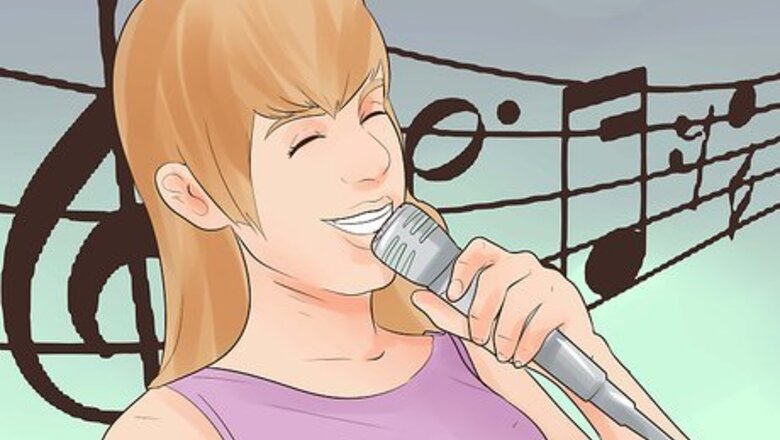
views
Preparing For The Big Stage

Take every opportunity to practice that you get. Practice will make you feel confident at a big show, and the more venues you get to play in, the better. Practice alone at home, practice with your band, practice in front of the mirror, play for your mom, your friends, anyone who will listen. The more practice, the less of chance you’ll mess up when it counts.] Get lots of experience playing different shows. Don’t wait around for a big opportunity to present itself. Look for little gigs at local, smaller venues that feature your musical style. It’s a great way to build confidence, and also a lot of fun. For actors, practice your lines until you can recite them in your sleep. The more comfortable you feel with the logistical parts of your performance such as lines and body movements, the more you can focus on being emotionally convincing and adopting your character’s persona on stage.
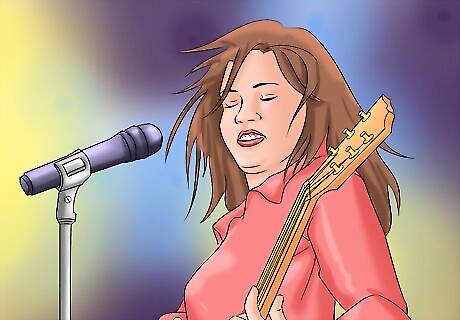
Find your inner rock star. No matter what kind of performance you’re involved in, from theater to music to dance, the most important trait to have on stage is confidence. Even if you’re a bit more reserved in real life, on stage, let yourself become passionate and energetic. For softer music such as indie or folk, it’s still important to show the audience that you’re engaged and having a good time. Don’t just stand still and play even if it’s a slow, quiet song. Move to the music, interact with your band mates, and convey emotion through your face. For louder music, it’s important to really let loose. For music such as punk and heavy metal, don’t be afraid to scream in both high and low registers, and jump around. For hip hop or rap, make sure to use clear, audible enunciation, and vary the cadence of your voice. If you speak or sing in monotone, the crowd will think you’re not confident in your music. Remember that the crowd will only be as enthusiastic as you are. If your facial expression, body language, voice, and musicality show that you’re 100% into the music, the crowd will be, too.
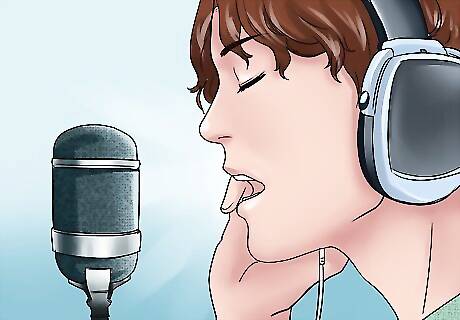
Learn from the greats. Watch and attend performances of bands, actors, or dances that you idolize. See what kinds of tricks and riffs musicians use on stage, and mimic some of their best techniques. Study the behaviors of actors and dancers that captivate audiences, and adopt their body language. Remember, the point isn’t to steal what’s already been done, but to learn from past successes and synthesize what works well with your own unique sound and image. If you can’t make it to live events, watch Youtube performances. Watch videos of your favorite bands, actors, and dancers to get tips on movements and styles. You can also try watching bad performances as a way to internalize what not to do on stage.
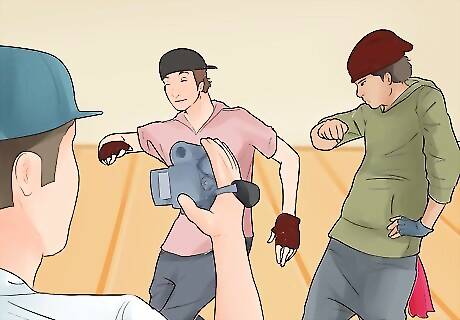
Record your performances. This is the best way to gain a sense of what’s working when you’re on stage. For best results, film yourself rehearsing, and look for strengths and weaknesses. Does your style look natural, or are your movements forced? Are your sound and body language clear? Ideally, you should be able to smooth out the weak parts of your performances before even getting on stage.
Looking The Part

Choose a stand-out outfit. When an audience comes to a show, they’re not just looking to hear your songs, they’re looking for a full sensory experience. Coordinate outfits with your band members so that you’ll have a memorable look that makes you stand out from other bands. Look at stars that have developed their own signature style. Missy Elliot is famous for wearing Adidas tracksuits, Michael Jackson his futuristic, red Thriller outfit, and Ke$ha known for her unique glitter patterns. Choose a signature item that will make you memorable within your own genre of music. Wear that pink hat you’ve always had your eye on, or finally buy yourself a brightly colored suit that nobody will be able to forget. Don’t be afraid to accessorize! Wear jewelry, make-up, and anything else that adds charisma to the performance. For dancers, be sure to wear clothing that doesn’t inhibit movement.

Get out of your comfort zone. Looking the part also means acting the part on stage. Everybody has different strengths and weakness that need to be practiced, and it’s important to recognize what needs to be worked on. If you struggle with dancing and getting into the music physically, take a dance class. If you’re feeling shaky on hitting higher notes, sign up for a voice lesson. Enroll in an acting class with a teacher that you admire. Getting individualized attention will help you fine tune problematic aspects of your performance and allow your strengths to shine.
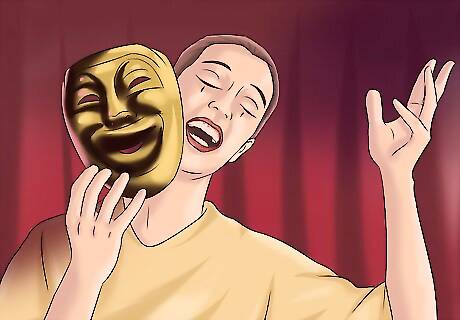
Exaggerate your movements. For the crowd to notice your moves, you have to make them big and dramatic. Don’t be afraid to exaggerate everything, from vocals and facial expression to jumping around and dancing. Do it big so that your audience notices that you’re into the performance.
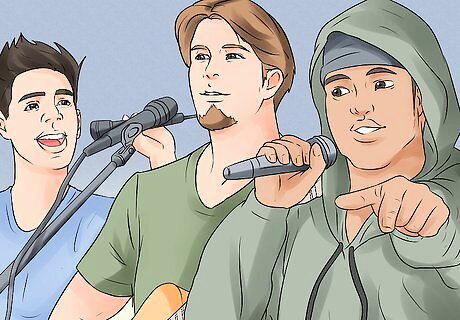
Take up space. At any kind of show, the performer is faced with the task of maneuvering around a very large stage. It’s important to maximize the space you’re given. If you find yourself tending towards a particular side of the stage, be sure to move around and fill the space with your presence. For musicians, don’t spend the whole show in front of the microphone. Sing into another band member’s mic or dance so that the audience is constantly watching to see what you’ll do next. For actors, moving across the stage and executing lines can be tricky. Be sure to breath properly so that you don’t get winded. If you stay in one place, your performance might seem unbelievable and stunted.
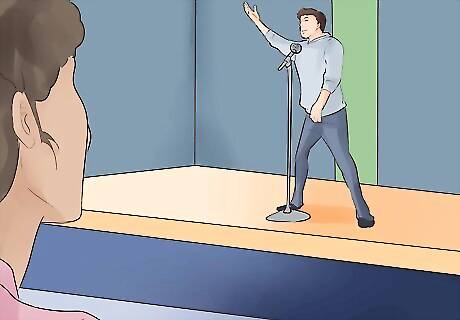
Control your movements and posture. Even if you’re feeling nervous on stage, don’t let it show through your body language. Avoid twiddling your thumbs, pacing, or touching your face. All of these movements show that you’re not in control of your body. Whether you’re a musician, actor, or dancer, be aware of your body positioning in relation to the audience and observe how other experts in your field move on stage. Use good, natural posture and controlled, relaxed body movements.
Engaging Your Audience

Be natural. The audience will notice if you are trying too hard or lack confidence. Relax, and be yourself on stage. For actors, it’s particularly important to be relaxed in your body movements and speech so that your performance will be believable.
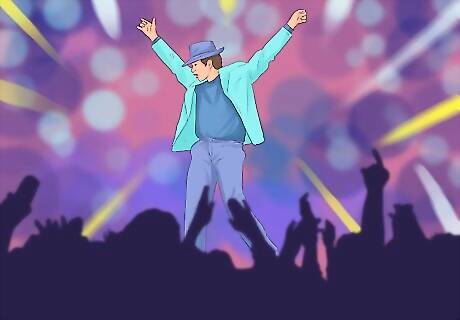
Include the crowd. Make the crowd feel like they’re part of the show. People don’t come to music shows just to listen. They want to move, dance, and sing along. Create an energetic environment that allows the crowd to let loose and have fun. The best way to do this is – have fun yourself! For actors, make eye contact with the crowd. Eye contact is the closest you can get to making physical contact with your audience. Don’t choose one or two audience members to look at. This might make them feel nervous or singled out. Instead, practice scanning the crowd in a way that appears natural to engage each audience member. Remember to show as much emotion as you can through the eyes to make the performance convincing. To start the show off on the right foot, applaud your audience as you first walk onto the stage. Though it may sound strange to clap towards the audience, they’ll start clapping back and the room will be immediately buzzing with energy. Try holding the mic out and asking the crowd to sing along.
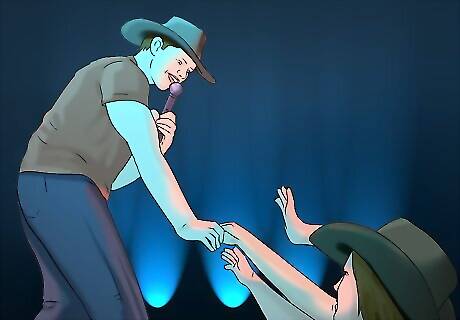
Allow yourself to become one with the crowd. For actors, this means making eye contact and commanding the audience’s attention with your presence through body movement and speech. For musicians, get involved with what the crowd is doing. If the crowd is dancing, jump off stage and dance with them! If you’re playing a show with a mosh pit, go for a stage dive. Mosh pits generate huge amounts of energy at concerts, and showing your audience you want to be part of the fun will get them even more excited about your show. If the energy is right, invite a few people from the front row on stage, or lean over to shake and slap hands. Taylor Swift Taylor Swift, Singer & Businesswoman Celebrate your fans and supporters. "Fans are my favorite thing in the world. I've never been the type of artist who has that line drawn between their friends and their fans. The line's always been really blurred for me. I'll hang out with them after the show. I'll hang out with them before the show."
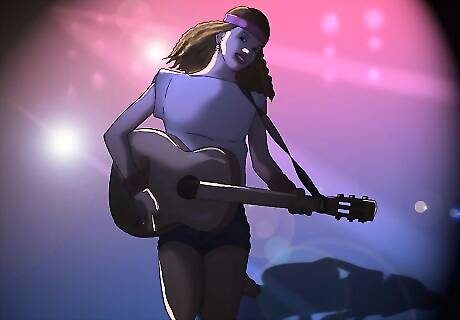
Be active. Even if you’ve perfected your music and dancing, go the extra mile and put all the energy you can muster into the performance. If you have any dramatic tricks, give them a shot, and include the rest of your band in your dramatics.
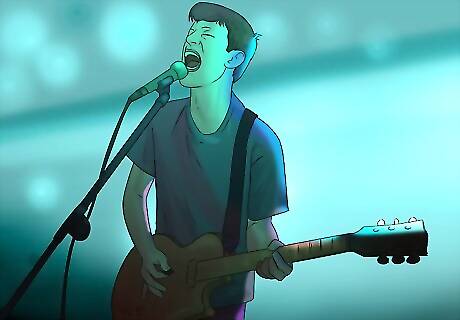
Vary your vocals. The audience will grow bored by a constant monotone and aggravated by perpetual sing song. Utilize every vocal register (low, high) and vary your pitch and volume. Let your voice convey richness and emotionality to keep your audience engaged.










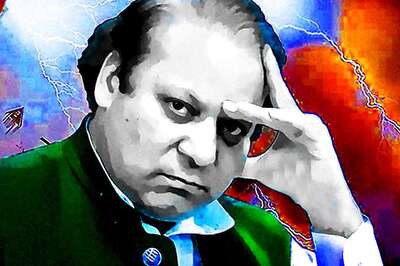
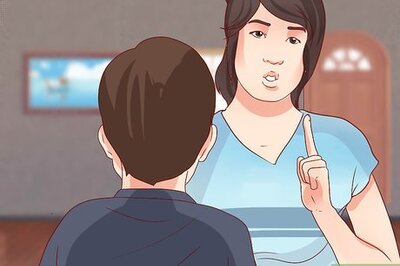


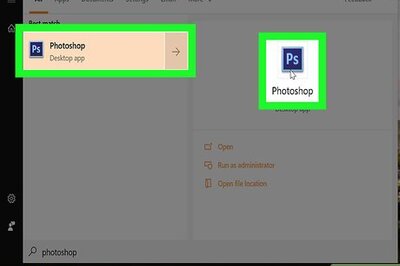
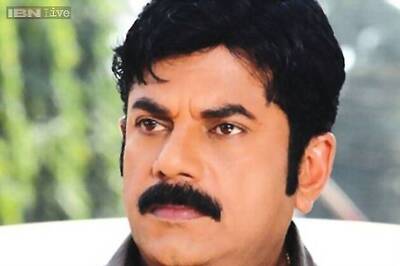

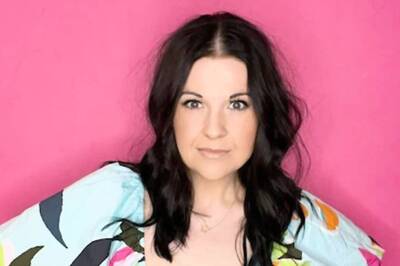
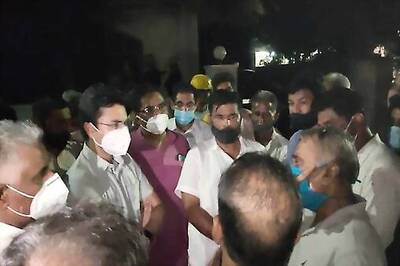

Comments
0 comment